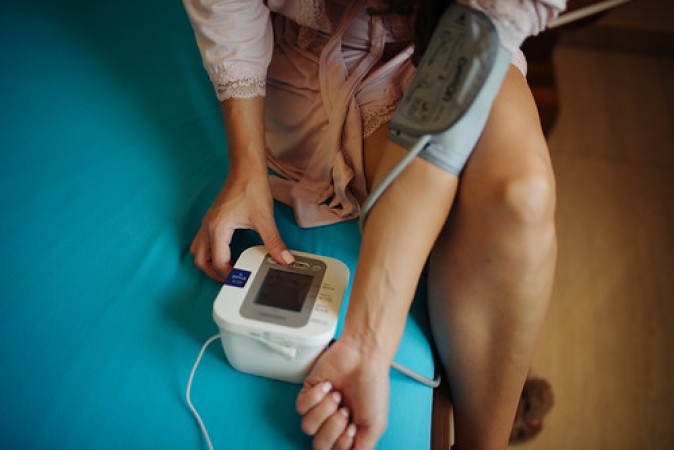
In our fast-paced lives, monitoring our health has become essential. One of the most vital indicators of our well-being is blood pressure. Learning how to measure your blood pressure at home can empower you to keep track of your cardiovascular health. This article provides a step-by-step guide on how to accurately measure your blood pressure from the comfort of your own home.
Understanding Blood Pressure
Blood pressure is the force of blood against the walls of your arteries as your heart pumps it around your body. It's measured in millimeters of mercury (mmHg) and typically expressed as two values: systolic pressure (the higher value) and diastolic pressure (the lower value). Understanding these numbers is crucial for assessing your cardiovascular health.
Why Monitor Blood Pressure at Home?
Regularly measuring your blood pressure at home offers several advantages. It allows for more frequent readings, eliminating the white coat effect (heightened anxiety during doctor visits), and provides a more accurate representation of your actual blood pressure.
Selecting the Right Blood Pressure Monitor
Choosing the right blood pressure monitor is crucial for accurate readings. Opt for a device with the appropriate cuff size, easy-to-read display, and validated accuracy. Consult with your healthcare provider for recommendations.
Preparing for the Measurement
Before measuring your blood pressure, ensure you are in a calm and relaxed state. Avoid caffeine, nicotine, and strenuous activities for at least 30 minutes prior to measurement. Use the restroom if needed, as a full bladder can affect readings.
Taking the Blood Pressure Reading
Interpreting the Results
A normal blood pressure reading is typically around 120/80 mmHg. The systolic value indicates the pressure when the heart beats, while the diastolic value reflects the pressure when the heart rests between beats.
Tips for Accurate Measurements
Factors Affecting Blood Pressure
Various factors, including stress, diet, physical activity, and genetics, can impact blood pressure. Understanding these factors helps in maintaining a healthy reading.
Benefits of Regular Monitoring
Regular monitoring helps detect any potential fluctuations early, allowing for timely interventions and better management of blood pressure-related conditions.
When to Consult a Doctor
If you notice consistent high readings, consult a healthcare professional. They can help identify any underlying issues and recommend suitable treatments.
Lifestyle Changes for Healthy Blood Pressure
Incorporating a balanced diet, regular exercise, stress management, limiting sodium intake, and avoiding excessive alcohol and tobacco use are key to maintaining healthy blood pressure.
Myths about Blood Pressure
Dispelling common myths, such as "only older adults need to monitor their blood pressure" or "low blood pressure is always good," helps you make informed decisions about your health.
Importance of Tracking Trends
Maintaining a log of your blood pressure readings over time helps identify trends and patterns, which can guide your healthcare provider in making personalized recommendations.
Caring for Your Blood Pressure Monitor
Regularly calibrating and maintaining your blood pressure monitor ensures accurate readings. Refer to the manufacturer's guidelines for proper care and maintenance.
Taking your blood pressure at home has become an integral part of proactive healthcare. By following these steps and understanding the nuances of blood pressure measurement, you can take control of your cardiovascular health and work towards a healthier future.
The Birth of Instagram: From Burbn to Social Media Giant
If your child also has the problem of constipation then these home remedies will give relief